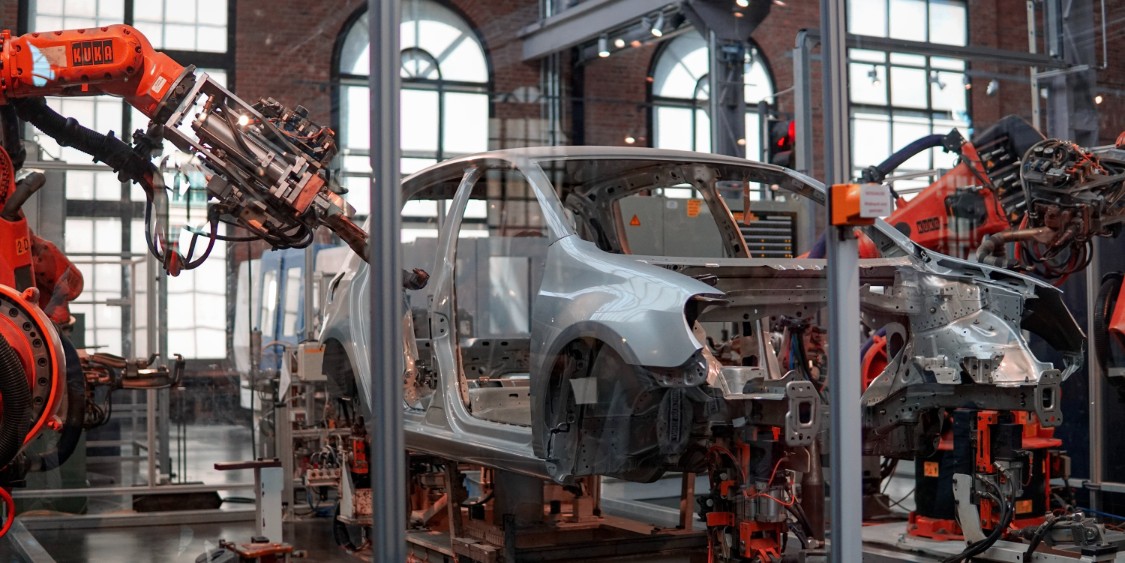
Your customers expect you to have safe and reliable products, and failing to meet these expectations can lead to huge financial losses. If one of your products harms a customer or other stakeholder in any way, they can sue your business, leading to costly legal fees and settlements that can easily reach six figures.
While you may do everything in your power to ensure your products are safe, mishaps can still occur without warning. That’s why, to protect against claims and ensure the longevity of your business, you need product liability insurance.
Claim One: Total Recall
The company: A food manufacturer specializing in the sale and distribution of spices
The challenge: An international distributor of spices became the target of a mass recall after several of their products were contaminated with a peanut protein. Many consumers suffered allergic reactions, which led to claims in multiple jurisdictions.
Companies that import products, including raw ingredients that are later provided to manufacturers of final products, face serious liabilities if the imported product does not meet safety standards. In the case of the peanut allergen, the company caused serious injuries and illness to their customers and did not include required labels, warnings and instructions due to the accidental nature of the contamination.
Product liability insurance in action: In product manufacturing, a variety of things can go wrong throughout the production and distribution process. Product liability insurance provides protection against a variety of unforeseen circumstances.
In the example above, product liability insurance responds directly to the manufacturing and labelling defect, providing coverage for claims related to consumer injury and illness. It should be noted that not all product liability policies help organizations recoup the costs of a full-scale recall. As such, it’s important to review policy language with a qualified insurance broker.
Claim Two: Washed Up Suppliers
The company: A washing machine manufacturer that purchases key components from third parties
The challenge: Many manufacturers source components for their products, sometimes from multiple vendors. While this can save organizations time and money, it can create serious liability risks in the event of an issue.
Consider a washing machine manufacturer who relied on a third-party supplier that provided hoses and other connection components. In one instance, the supplier delivered hoses that were smaller than what the design specifications called for, which led to malfunctioning appliances, scalding injuries and damaged property.
Product liability insurance in action: While contracts can provide protection and cushion the cost of manufacturing defects caused by third parties, they often won’t protect the primary company if a consumer is injured.
Product liability insurance protects organizations from a variety of liability concerns, even if a defect is caused by an outside supplier. To supplement a contractual risk transfer program, product liability insurance is critical.
Benefits of Product Liability Insurance
- Coverage for manufacturing or production flaws—One of the key features of product liability insurance is its coverage for manufacturing or production flaws that cause unsafe defects in the product.
- Protection against design defects—Even after product testing and trial runs, potentially dangerous defects can still appear long after production. Product liability insurance can provide coverage for design errors that make goods unsafe for use by the public.
- Response for packaging and warning issues—In the event that you fail to provide adequate defect warnings or instructions for using the product, your company can be sued. These claims arise when products are not properly labelled or have warnings that are not explanatory enough to reduce consumer risks while using the product. Product liability insurance helps organizations prepare for and litigate these types of claims.
- Supplemental commercial general liability (CGL) coverage—Generally, there is limited product liability protection under a CGL policy, yet it may not be enough coverage to adequately protect your business. Product liability policies work alongside CGL coverage, providing protection against losses caused by malfunctions or defects in your products.
Learn More About Product Liability Insurance
Even if you do not physically manufacture a product, you may be at risk for litigation. The actual manufacturer is not the only party liable for product flaws, defects and failures—retailers and wholesalers can also be found negligent. This is because there is a stream of commerce that a product goes through from its inception to the hands of the consumer. If your organization had any part in that stream, and as long as the product was defective when it left your control, you can be held liable for any problems that arise.
Product liability is a complex exposure and managing your risk can be a major undertaking even if you have access to all the right resources. To supplement your risk management strategies and address specific exposures, speak with a qualified insurance broker to review your insurance coverage. Contact the Axis Insurance Group today to learn more.


